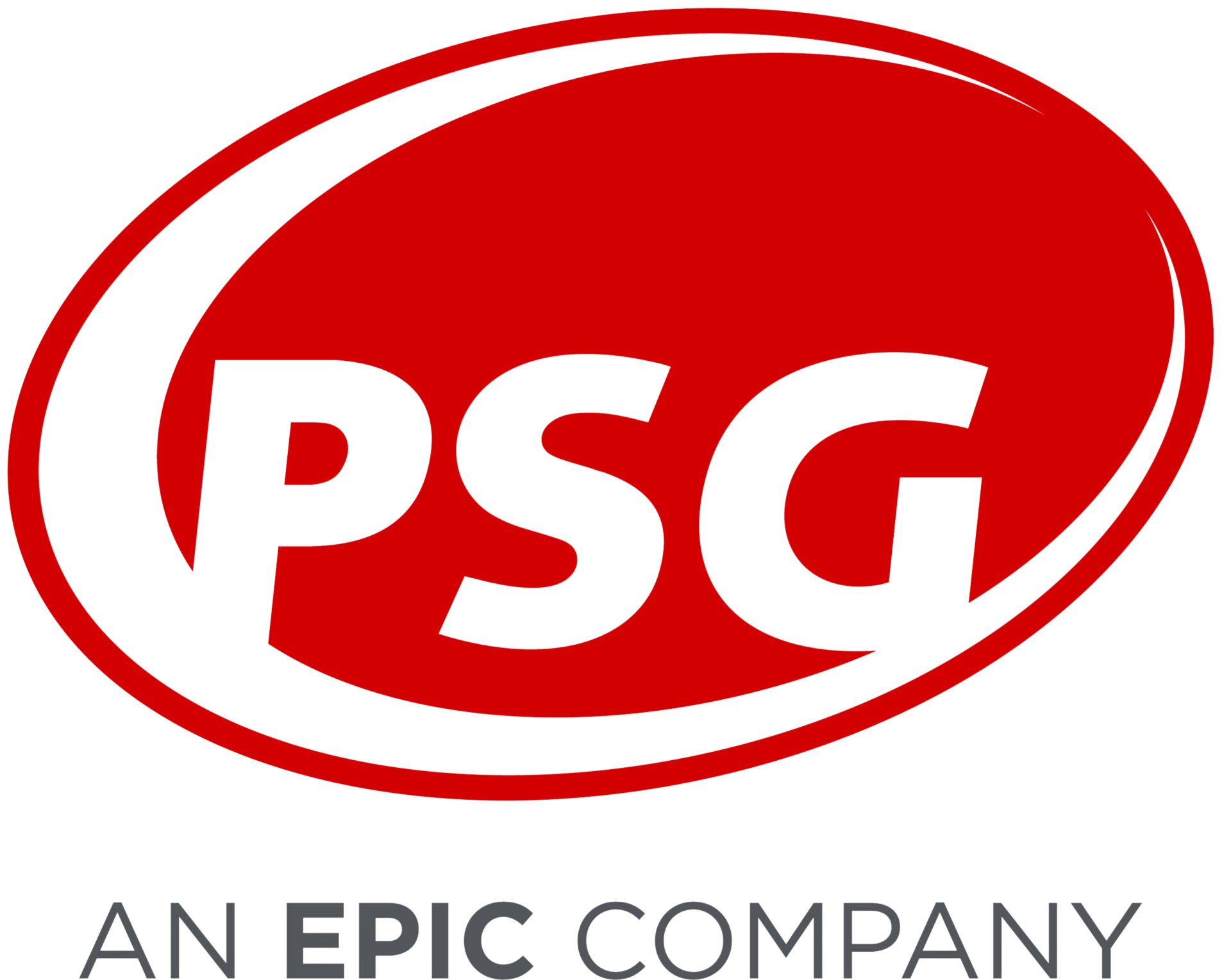PSG Helps Payers Identify and Mitigate Paying for Excessive Quantities on Medical-Benefit Specialty Drug Claims
Posted on November 28, 2018
Specialty drug spend is a constant challenge for nearly all plan sponsors. One significant problem is managing high quantities on claims for specialty drugs covered under the medical benefit. While some high quantity claims may be appropriate, other claims can be attributed to unfamiliarity with how a drug should be billed, a typographical error, or suboptimal prescribing practices resulting in wasteful spending. Unlike drugs reimbursed through the pharmacy benefit, which undergo real-time claim adjudication, medical-benefit claim submission requirements are typically less stringent and lack a universal standard. As a result, high quantities are much more difficult to regulate—resulting in waste and excess spend.
Drugs covered under the medical benefit are billed using J-codes, which identifies the chemical name of the drug but not much else. Some limitations of using J-codes include:
- They don’t identify the drug manufacturer, strength, or package size.
- One J-code may represent multiple drugs and lack brand and generic specificity.
- Drugs may not be assigned a J-code until up to 18 months after they are launched, resulting in billing with an unclassified J-code leading to further ambiguity.
As a result, it’s easy to improperly bill these drugs for excessive amounts. A typical example of excessive billing we’ve identified at PSG is for the drug Aloxi, an anti-nausea medication for cancer patients. The adult recommended dosing for Aloxi translates to 10 billable units at a Wholesale Acquisition Cost (WAC) of approximately $453 and an Average Sales Price (ASP) of $162. We’ve identified outlier claims with quantities greater than 1,000 billable units and payments greater than $7,000 a claim. These examples of drug spend waste inspired PSG to implement a new feature in Artemetrx Specialty Monitor that helps payers more easily identify medical drug claims with quantities exceeding best practices —and thus help reduce fraud, waste, and abuse.
Running the numbers: How data helps control medical quantity limits
Controlling quantity limits on these drugs is critical, especially since, according to PBMI’s 2018 Trends in Specialty Drug Benefits, specialty drug costs have increased by 55% under the medical benefit since 2011. To manage quantity limits, payers and health plans must have line-of-sight into the claims they’re reimbursing. However, they may not have the clinical expertise to identify a problem.
And it’s no wonder. While pharmacy benefit drugs are paid and dispensed only after the claim has hit a series of claim edits to verify coverage and quantity, drugs covered under the medical benefit may not require claim pre-certification or the pre-certification process may be insufficient. At other times, the plan sponsor will rely on the medical vendor to perform a retroactive claims analysis and to identify outliers. This often times doesn’t happen.
Artemetrx Specialty Monitor takes the guesswork out of the equation. It’s a web-based tool that gives payers anytime-anywhere access to their claims data in an easy-to-understand, easy-to-analyze format. It uses more than 1,000 unique clinical and financial rules to identify potential waste of specialty drugs—including claim outliers related to excessive medical claim quantities. The new feature in Artemetrx Specialty Monitor helps payers identify when excessively high quantities of Remicade, Stelara, Tysabri, Soliris, Cimzia, Entyvio, Botox, and Xolair are billed on a single claim. These drugs are commonly administered as part of the medical benefit.
If you’re concerned about controlling spend, take a look at your claims data. Do you have deep-level insight into your medical claims to identify excessive drug quantities? Or are you confident that your medical vendor is working for you at this level? Can they prove it? If the answer is no, look to PSG. We have both the tools and clinical expertise to identify drivers of wasteful drug spend—such as disproportionately high medical quantities—and to help you implement solutions to better manage drug costs. Contact PSG today for a demo and learn how we could deliver a 5:1 ROI for your company or download the Specialty Monitor overview to learn more.
